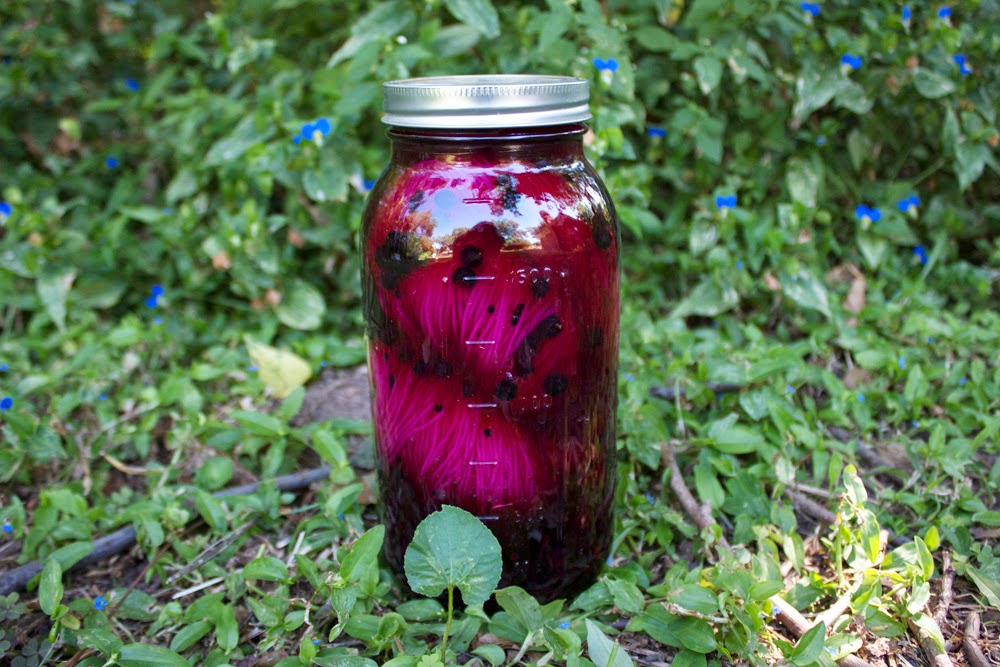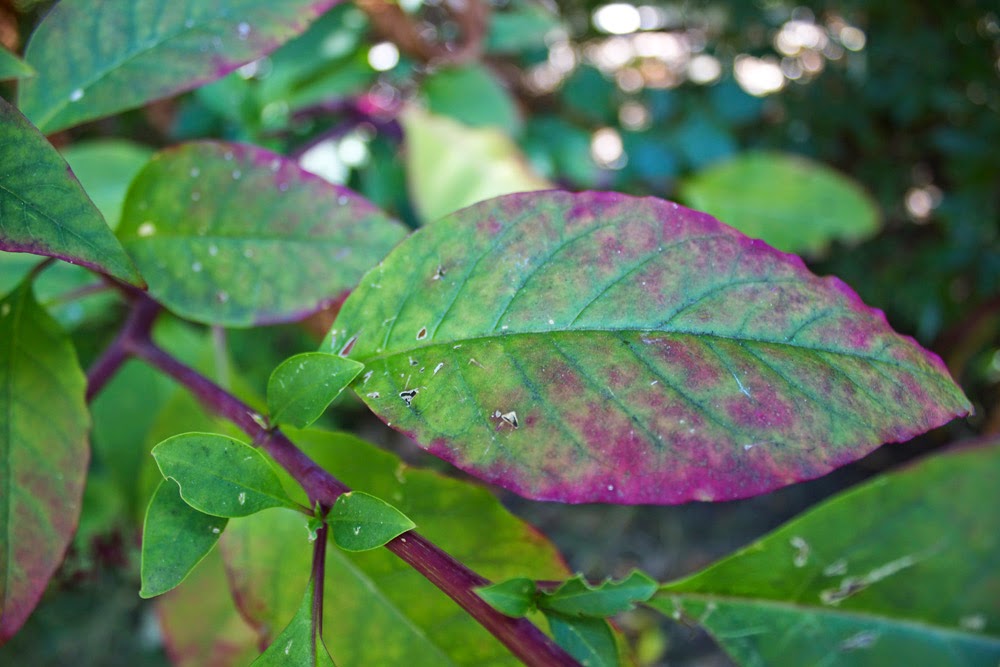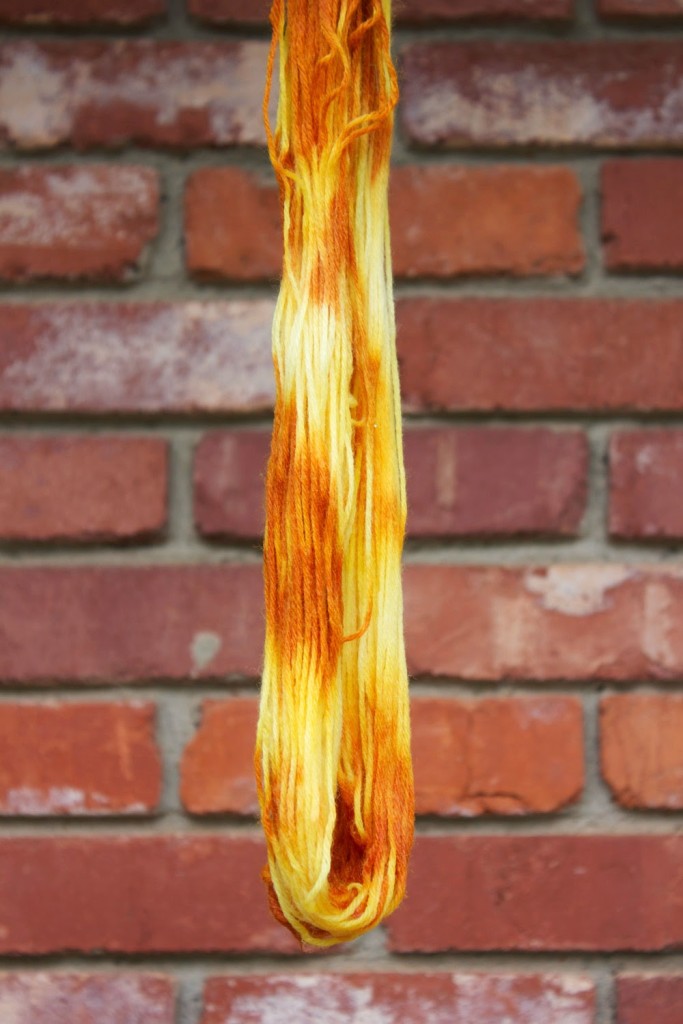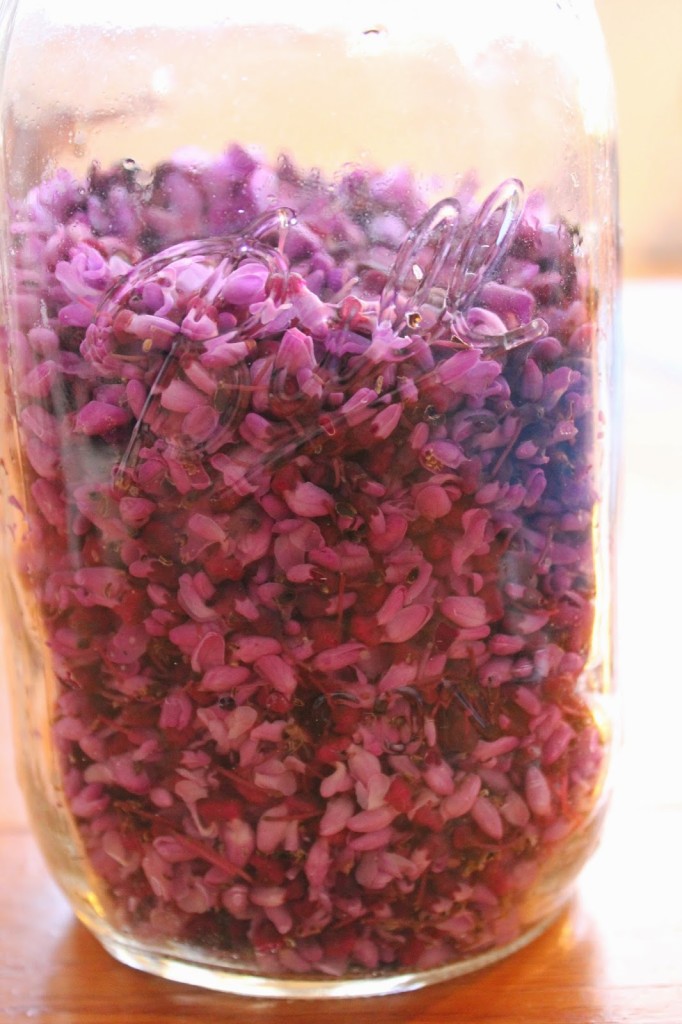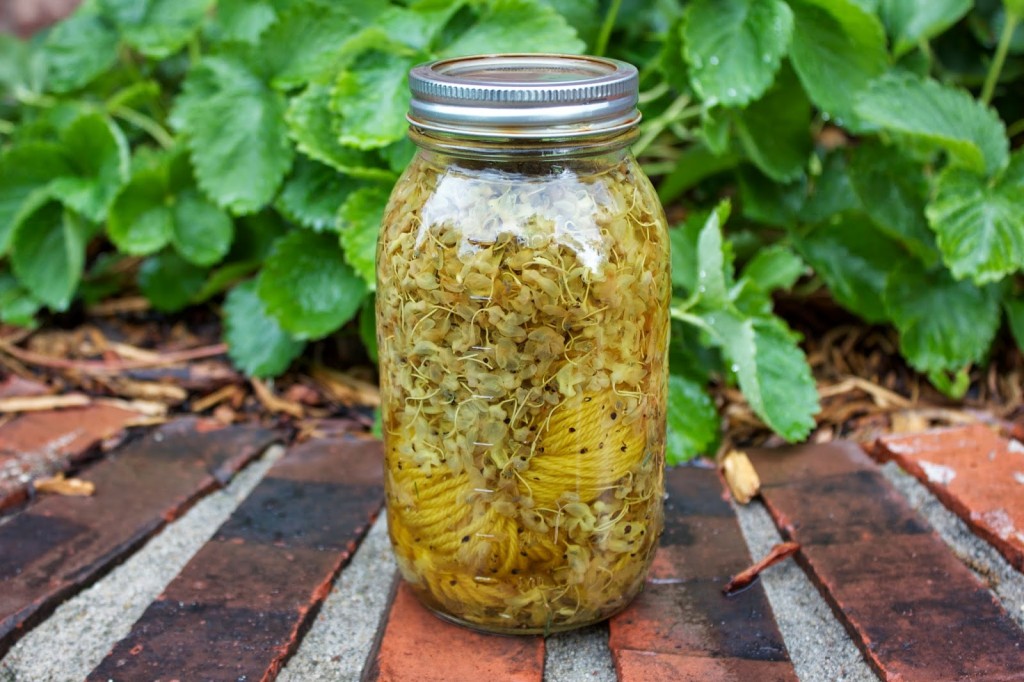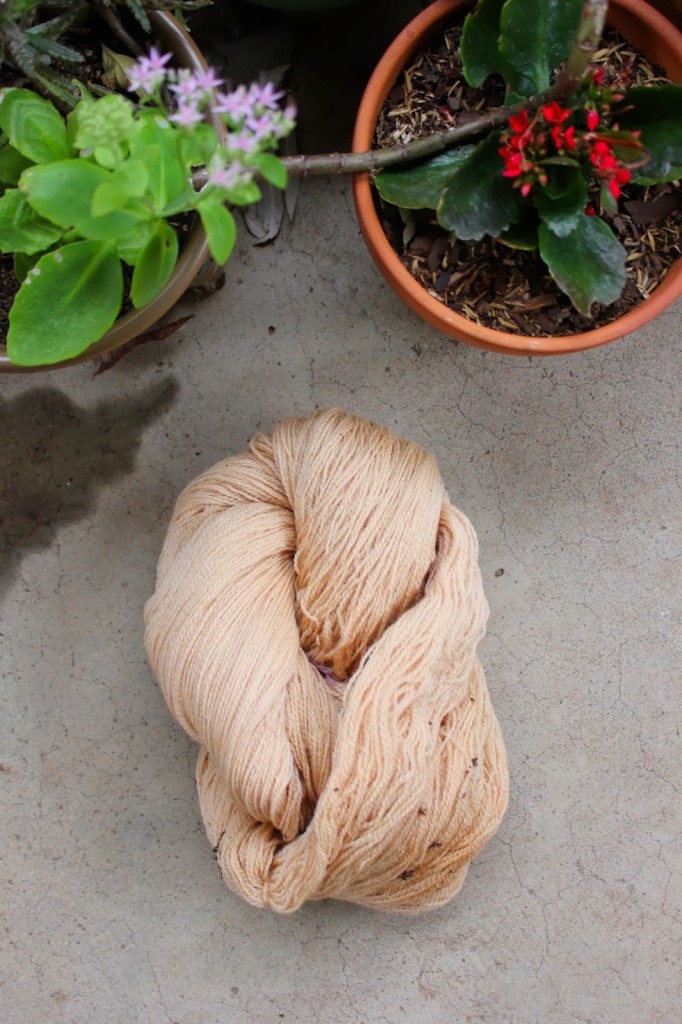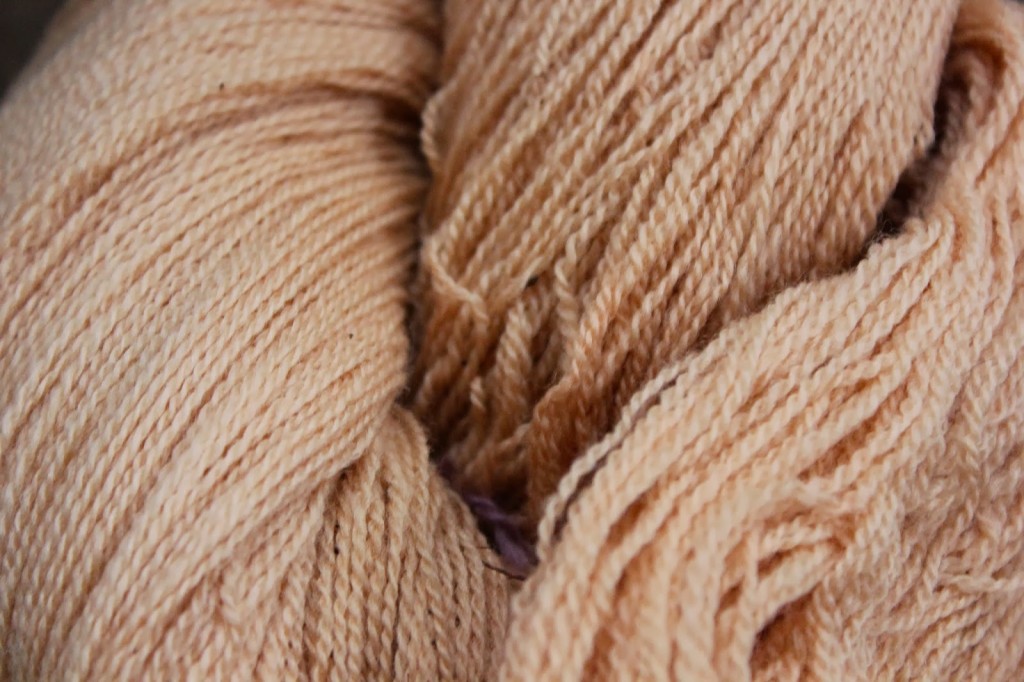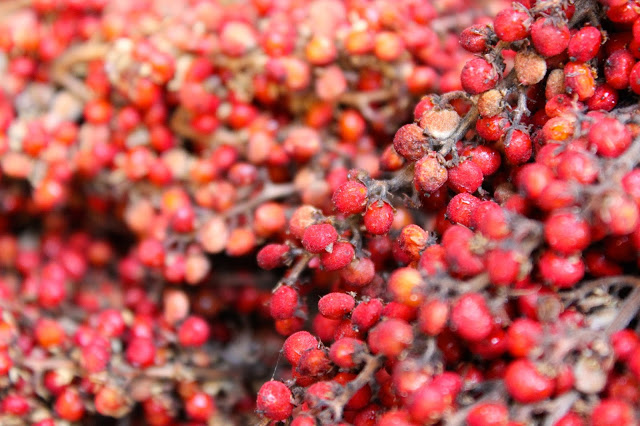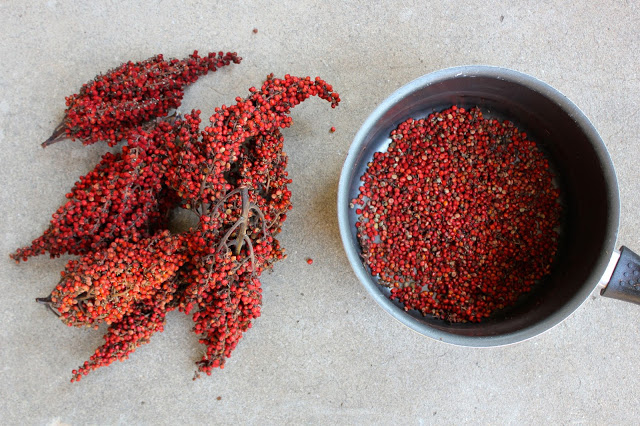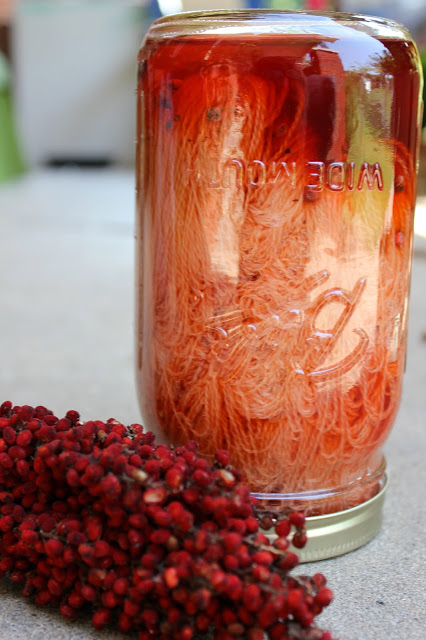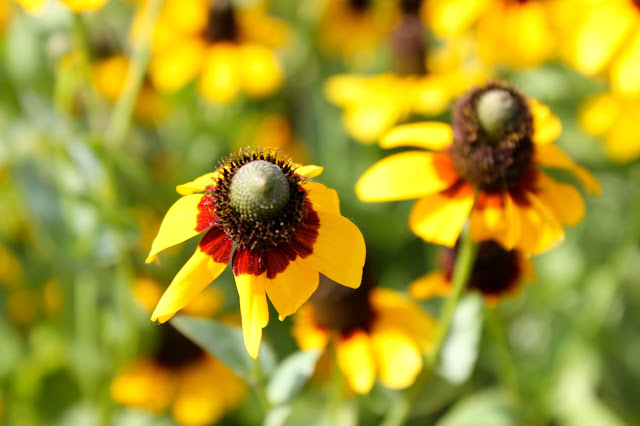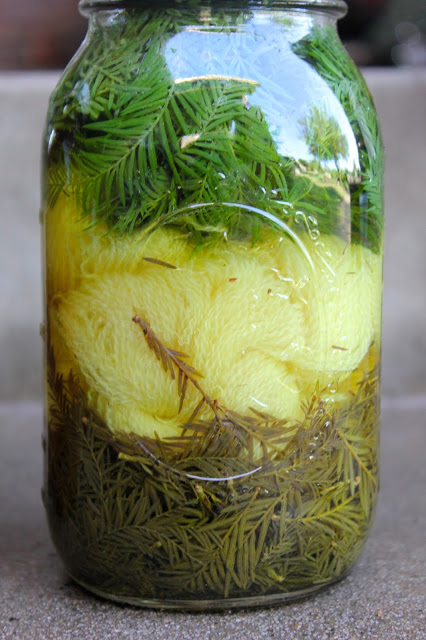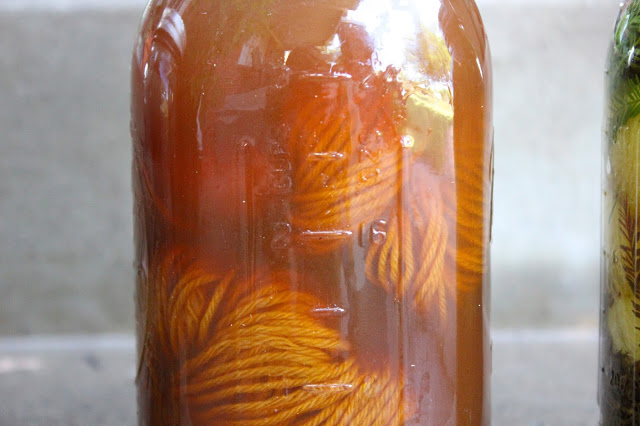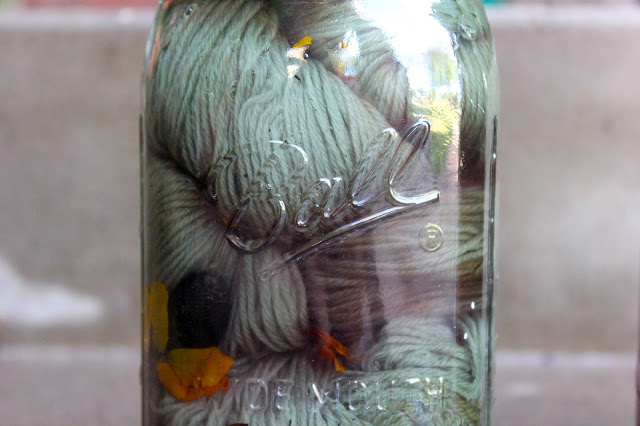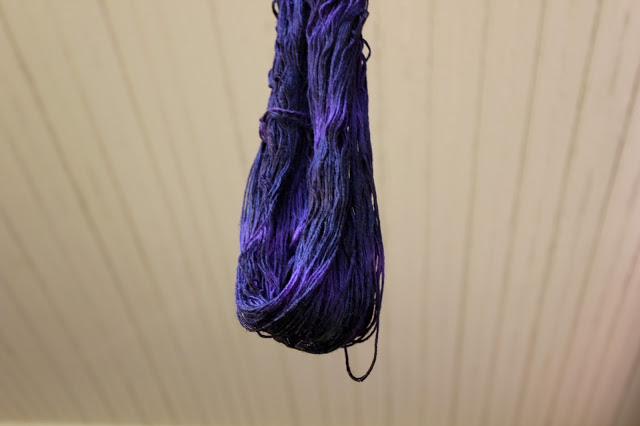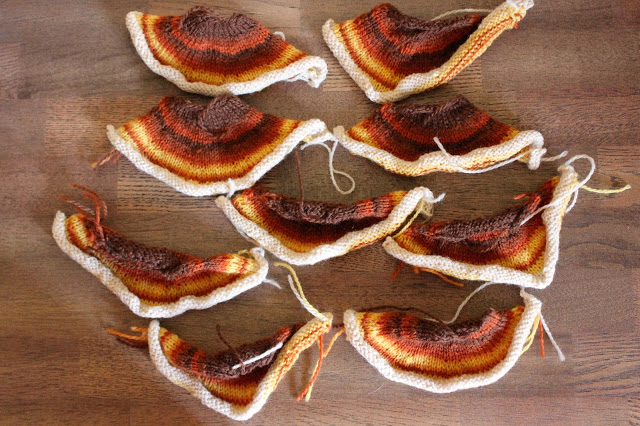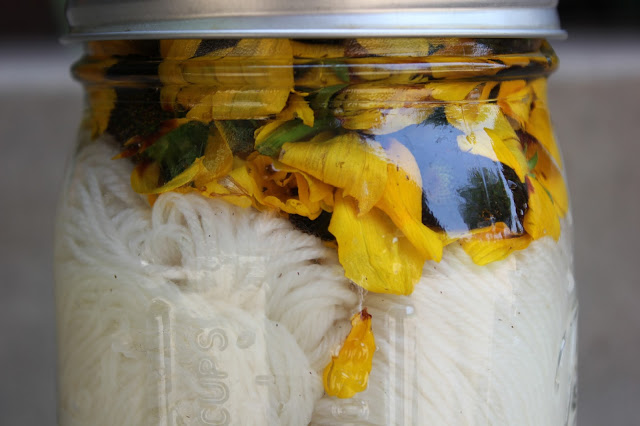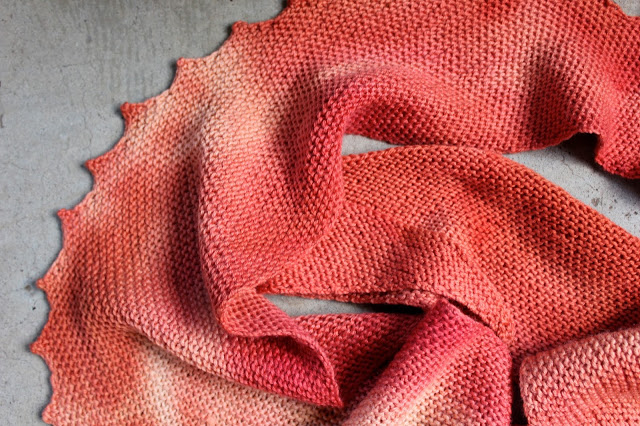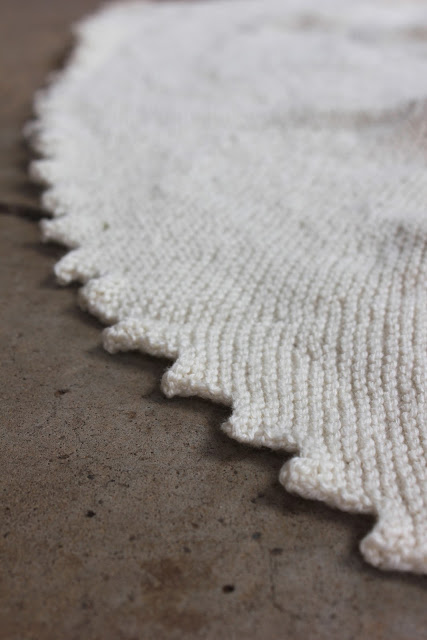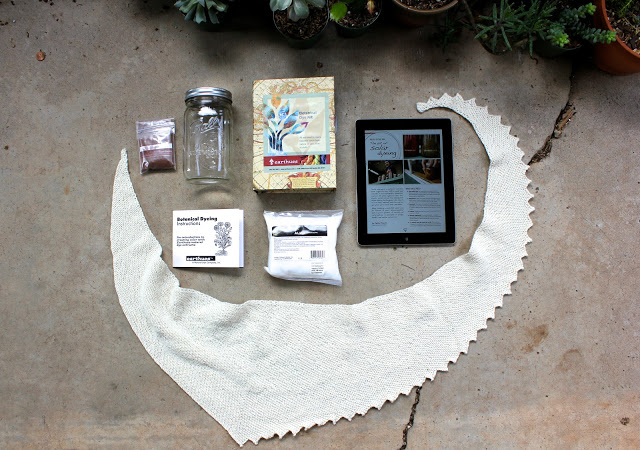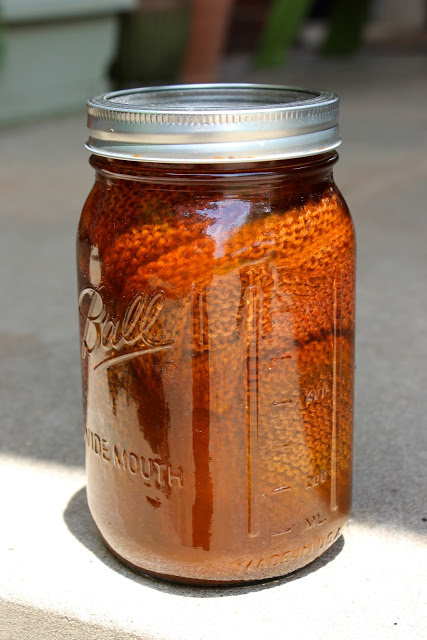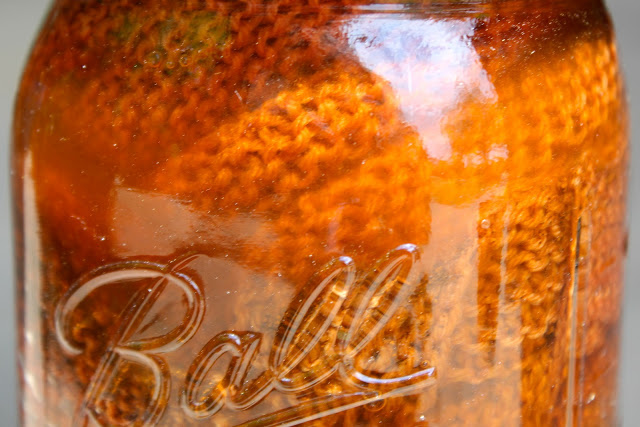I still have a lot to learn about native plants. Herbaceous plants are so much harder to ID than trees - trees are easy, or maybe it's just because that's my area of expertise. I recently started following a wildcrafting group on Facebook just to learn more about the plants that I see on a daily basis… And aside from the tree posts (which I can usually chime in on) the main thing I've learned is that THERE ARE SO MANY PLANTS THAT LOOK LIKE OTHER PLANTS! So I have a lot of observation and studying up to do. Fortunately, there are other plants that look NOTHING like other plants. Take pokeweed, for instance. The huge leaves, and pink flower stalks which eventually bear these blueberry-like (though not edible) fruits.
I picked up a book in Portland, Oregon a couple of years ago called Harvesting Color, a beautiful and informative guide to native dye plants across the US (with recipes). I remember recognizing poke weed in the book as a plant that I had seen in people's gardens. Now that I think about it, I'm not sure if people plant it as an ornamental or if it just shows up and they let it stay because it looks pretty. Because let's face it, it looks really dang pretty.
Last fall around this time, J and I were on a hike in Charon's Garden in the Wichita Wildlife Refuge in this gnarly little canyon/boulderfield, and I remember glancing over to see this one majestic little pokeweed. The first one I had observed since reading about it in the book. Then I took some photos and continued along the trail until becoming distracted by some lichen making their home on a face of granite.
This spring, all types of plants sprang up around my new yard, some of which I knew and others which I did not. I had started a wildflower bed on the far back lot and while I was checking obsessively every day hoping to spot some type of activity with my seeds, these large, leafy seedlings sprouted behind them and continued to grow larger and larger. It wasn't until I started to see a pink tint transforming the base of the stems that I knew… pokeweed. As the season wore on, I began to spot more and more of these colorful, unusual plants. From my observation, the hummingbirds like them too.
The berries have been ripening and drying out for weeks now and I finally made myself get out and harvest some for a solar dyeing project this past weekend. One hand holding the jar and the other in a latex glove, I stripped several handfuls of berries from over a dozen plants on my half acre, watching the pink juice dripping off of my glove and thankful to experience this craft. 100 grams of wool and an alum mordant later, I'm excited to see how the dye fixes to the yarn a few weeks from now.

